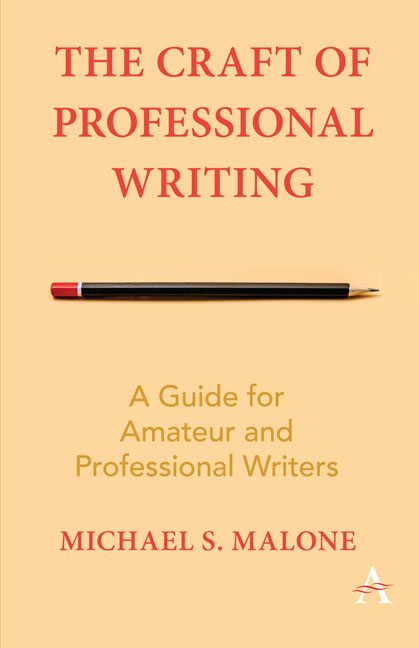Book contents
5 - Advertising Copywriter
from Part Two - Corporate Careers and Disciplines
Summary
What is advertising?
Advertising is the profession of developing, and buying placement in the media, controlled messages designed to influence the behavior— typically the purchasing habits— of current and potential customers or users. Advertising, in various forms, is as old as civilization and as new as the latest technology.
Advertising is distinct from public relations in that the message is purchased by the advertiser as opposed to being “pitched” for free coverage; and can choose its location and form of presentation. Advertising is distinct from “direct marketing” because it is non- personal— that is, it is not directed at specific individuals, only at types of potential customers with shared characteristics.
Advertising is currently a $600 billion industry worldwide, making it the single largest venue for professional writing in the global economy.
Why advertising?
Advertising enables the advertiser to fully control the content, the experience and the venue of the message. Once an advertisement is accepted by the delivery platform, its content will not be changed before it reaches its audience. This means that, unlike public relations and most other forms of corporate communications, the advertiser has complete control of its messaging, removing the risk of an intermediary (reporter, editor, blogger, broadcaster) intercepting the message and changing, or even reversing, it. Advertising also takes advantage of the ability of the media to take a single message and scale it to millions of people simultaneously.
History of advertising
Advertising is as old as writing— indeed it might even be older: we can probably assume that Paleolithic man carved or painted a message in a high- traffic area to promote a service. We do know for certain that painted advertising began in India in about 4000 BCE, and in books in China about 1000 BCE.
As signage from Pompeii shows, the ancients made heavy use of signs, posters and various forms of early billboards to promote their businesses and manufactured wares. The rise of printing was almost instantly followed by printed advertising— handbills, posters, pages in books, then newspapers and magazines.
- Type
- Chapter
- Information
- The Craft of Professional WritingA Guide for Amateur and Professional Writers, pp. 43 - 66Publisher: Anthem PressPrint publication year: 2018



